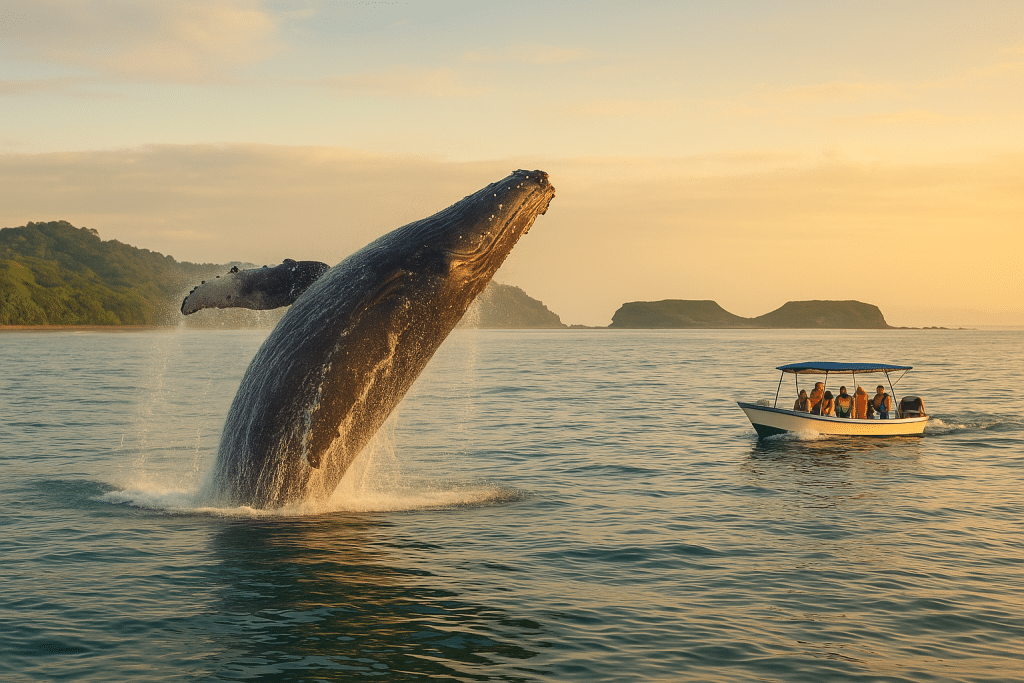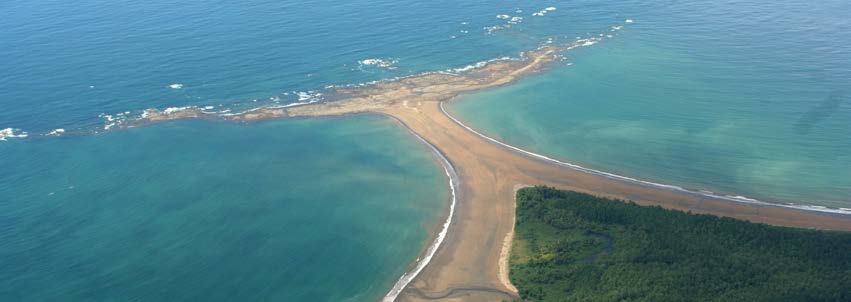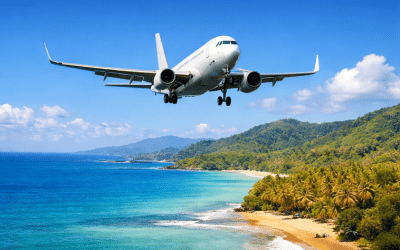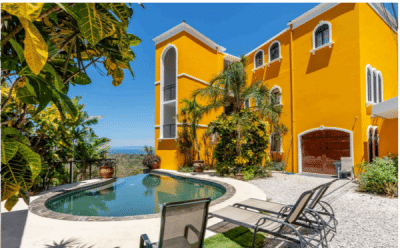Cool Adventure – A Whale’s Tale: Whale Watching in Costa Rica
Costa Rica keeps finding new ways to thrill you. One morning it’s scarlet macaws over breakfast, by lunch it’s a beachside casado with Salsa Lizano, and before sunset you’re barefoot on the Whale Tail sandbar watching Pacific rollers fold and glitter. The country’s mix of adventure and easygoing culture makes room for it all: rainforest wildlife and reef snorkels, weekend fiestas and live music, surf schools and real-estate open houses, coffee start-ups and seafood pop-ups. And, for a growing number of travellers, there’s a standout headliner—watching humpback whales breach in protected bays along the southern Pacific coast. Costa Rica hosts one of the world’s longest whale-watching windows thanks to two migrating populations, and Uvita’s Marine Park turns those months into a festival of sea and sky. Whale Watching Handbook+1
What makes Costa Rica’s whale season so special?
Costa Rica welcomes humpbacks from both hemispheres, giving it two peak seasons and near year-round sightings around Uvita. Northern-hemisphere whales arrive roughly December–March; southern-hemisphere whales arrive July–mid-November, with August–September a sweet spot. That dual migration is why the season here feels wonderfully long. Whale Watching Handbook+1
Where is the best place to go?
Uvita and the surrounding Costa Ballena—Dominical, Uvita and Ojochal—anchor the experience at Marino Ballena National Park, famed for its natural “Whale Tail” sandbar. The park safeguards breeding and calving grounds, while Golfo Dulce on the Osa Peninsula is a tranquil nursery bay with frequent mother-calf pairs. Jacó to Golfito also runs seasonal trips, but Uvita is the most consistent. Two Weeks in Costa Rica+2Special Places of Costa Rica+2
How big are humpbacks, really?
Adult females can reach about 16–18 metres and up to ~40 tonnes, with calves born around 4–5 metres. That’s why a full breach feels seismic—even from a respectful distance. fisheries.noaa.gov+1
What behaviour should I watch for?
Expect plumes of breath as whales “blow,” tail-fluke dives, fin slaps, spy-hops where they peek above the surface, and those jaw-dropping breaches that send spray flying. Scientists think these are social signals and sometimes a way to shed parasites—either way, it’s spectacular. (Bring binoculars; your skipper will keep legal distances.)
When is the Whale & Dolphin Festival?
Each September, Uvita hosts the Festival de Ballenas y Delfines—music, beach clean-ups, local food, and guided marine activities celebrating the whales’ arrival. The 15th edition runs 5–7 September 2025. ticotimes.net+2greencircleexperience.com+2
What else might I see on the water?
Plenty. Green and hawksbill turtles migrate through, and the area is rich in dolphins—spotted, spinner, bottlenose, rough-toothed and common. On rare days, you may meet pilot whales (technically, large dolphins). Keep your camera ready between sightings of seabirds and flying fish as well. Whale Watching Handbook
How do I choose a responsible tour?
Pick licensed operators based in Uvita/Marino Ballena who brief guests on distances and speed limits around whales, avoid crowding, and cut engines when appropriate. Favour small-group boats, naturalist guides, and trips scheduled around tides for the Whale Tail walk. (Responsible watching supports research, local jobs and long-term whale health—healthy oceans, healthy whales.) Whale Watching Handbook
Quick planner
-
Best months: Aug–Sep; Jan–Feb are strong too. MytanFeet
-
Base yourself: Uvita (for Marino Ballena) or Puerto Jiménez (for Golfo Dulce). Two Weeks in Costa Rica+1
-
Classic day: Early boat tour → Whale Tail sandbar at low tide → ceviche lunch → sunset at Playa Hermosa. Two Weeks in Costa Rica
-
Pack: Reef-safe sunscreen, hat, light rain jacket, dry bag, long lens or good phone zoom, and motion-sickness tabs if needed.
Story from the water
The bay was glassy when our skipper eased off the throttle. “Blow at two o’clock,” came the whisper. A plume lifted, then the gentle arch of a back, and the boat fell into a hush. Minutes stretched. Suddenly, the sea erupted—thirty tonnes of grace hanging in the air, flippers out like wings, then a crash of whitewater and whoops across the deck. We watched a mother and calf roll and breathe, the calf practising tiny tail slaps as brown pelicans skimmed by. Back on shore, the Whale Tail lay exposed at low tide, a natural promontory of sand curving like punctuation at the end of an unforgettable sentence.
FAQ
-
Is it safe for the whales? Yes—responsible tours follow distance rules, limit boats per sighting and keep speeds low. Ask operators about their protocols. Whale Watching Handbook
-
Will I definitely see whales? No tour can guarantee sightings, but dual migrations give Costa Rica some of the region’s best odds; operators often reschedule if nature says “not today.” Whale Watching Handbook
-
Can kids go? Most tours welcome families; check minimum ages and life-jacket sizes, and book morning trips when seas are calmer.
-
What about seasickness? Choose larger boats, sit near the stern, keep eyes on the horizon, and consider medication beforehand.
-
Dual migrations = long season: Northern whales (Dec–Mar) and southern whales (Jul–mid-Nov) converge on Costa Rica, creating exceptional viewing windows. Whale Watching Handbook
-
Uvita’s Whale Tail: Marino Ballena National Park protects breeding waters and hosts the iconic sandbar shaped like a whale’s tail—best seen at low tide. Two Weeks in Costa Rica+1
-
Golfo Dulce nursery: A calm, fjord-like bay where mothers and calves linger—prime for gentle encounters and research. World Cetacean Alliance
-
Peak months to plan: Aim for August–September or January–February; book early during the festival. MytanFeet+1
-
Responsible boats only: Licensed local guides, slow approaches, minimal boats per sighting—your choice protects whales and supports community science. Whale Watching Handbook
-
Wildlife bonus round: Turtles, multiple dolphin species, seabirds and occasional pilot whales keep the channel lively between humpback sightings.
So venture out to watch and be in awe of these behemoths. You can go right now, and also attend a special festival that’s held every September in Bahía Ballena: Festival de Ballenas y Delfines. For more information: www.festivaldeballenasydelfines.com







